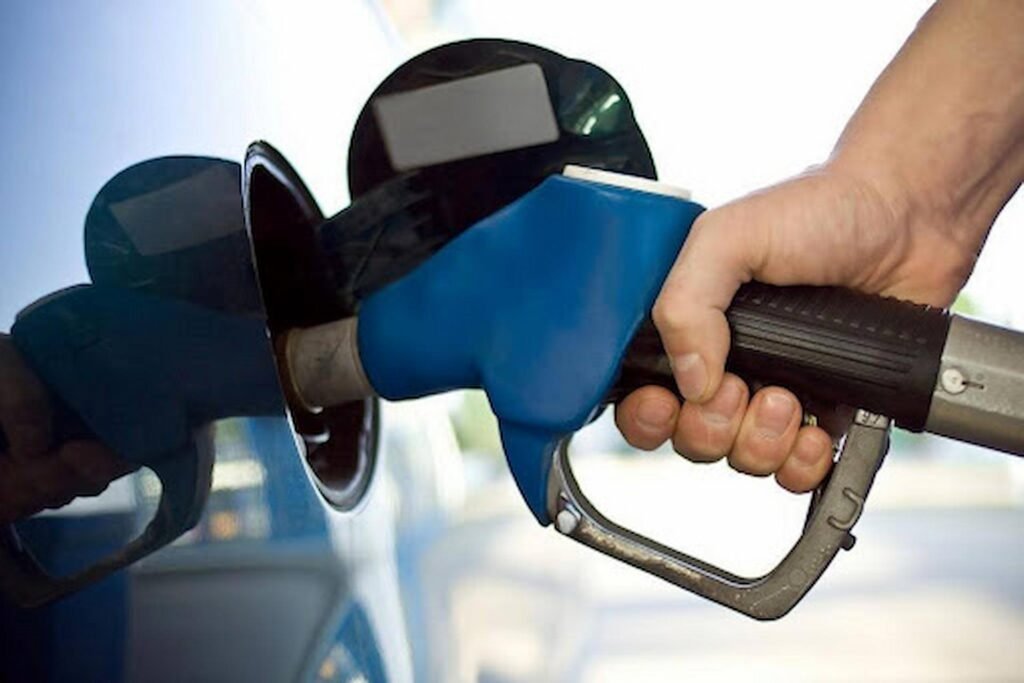Key Features To Look For In A Fuel Card Solution Provider

Choosing the right fuel card provider is a strategic business decision. Beyond just paying for gas, the right solution can streamline operations, control costs, and provide invaluable data. Discover the essential features that separate a basic card from a powerful financial management tool.
In the world of business, every drop of fuel counts—not just in the tank, but on your balance sheet. For companies with vehicle fleets, from a handful of service vans to hundreds of tractor-trailers, managing fuel expenses is a constant challenge. Out-of-control spending, driver fraud, and administrative headaches can siphon profits faster than a leaky fuel line.
This is where a robust Fuel Card Solution comes into play. But not all providers are created equal. A modern fuel card is more than just a payment method; it’s a comprehensive financial and operational tool. Choosing the right partner can be the difference between guessing your fuel costs and mastering them. So, what should you look for to ensure you’re getting the best value and control?
Comprehensive Network Coverage: Fueling Wherever the Road Takes You
The most fundamental feature of any fuel card is where it can be used. A limited network can strangle your operations, forcing drivers to go out of their way to refuel, wasting both time and diesel.
- Nationwide Acceptance: Look for a provider with a vast network of branded and unbranded stations. The best providers offer access to tens of thousands of locations across the country, including major truck stops, convenience stores, and local stations. This ensures your drivers can always find a fueling point on their route without costly detours.
- Brand Variety: A network that includes multiple brands (e.g., Shell, Exxon, BP, Love’s, Pilot Flying J) provides flexibility and competitive pricing at the pump.
Actionable Tip: Don’t just take the provider’s word for it. Ask for a network map or use their online locator tool. Plot your current routes and future service areas to verify the coverage is truly comprehensive for your specific operational needs.
Granular Spending Controls: Putting You in the Driver’s Seat
A fuel card without controls is essentially a corporate credit card with additional verification steps. The real power lies in your ability to customise how, when, and where the card can be used. This is your primary defence against misuse and overspending.
Key controls to demand from your provider:
- Driver & Vehicle PINs: Assign unique PINs to each driver and vehicle for precise transaction tracking.
- Product Restrictions: Limit purchases to fuel only, or allow additional items like oil, coolant, or car washes.
- Dollar or Gallon Limits: Set maximum spending amounts per transaction, per day, or per week.
- Time of Day Restrictions: Prevent fueling outside of approved business hours.
- Odometer Reporting: Require drivers to input odometer readings to track miles per gallon (MPG) and identify vehicle issues.
These controls transform your fuel card from a passive payment tool into an active management system, ensuring every dollar spent aligns with company policy.
Robust Reporting and Analytics: Transforming Data into Decisions
Data is useless unless it can be turned into actionable intelligence. The reporting dashboard provided by your Fuel Card Solution is the command centre for your fleet’s fuel economy. Static PDF statements are a thing of the past; you need dynamic, customizable, and real-time reporting.
Seek out these reporting capabilities:
- Customizable Reports: Generate reports based on specific criteria—by driver, vehicle, department, or time period.
- Exception Reporting: Automatically flag transactions that violate your pre-set controls, instantly highlighting potential misuse for investigation.
- MPG Tracking: Monitor fuel efficiency across your fleet to identify underperforming vehicles that may need maintenance or drivers who may need training on eco-driving techniques.
- Integration Capabilities: The best systems can export clean data or integrate directly with your accounting software (like QuickBooks), ERP, or fleet management system, eliminating manual data entry and reducing errors.
This level of insight allows you to identify trends, reward efficient drivers, optimize routes, and make strategic decisions that lower your total cost of operation.
Transparent Pricing and Hidden Fee Avoidance
The price per gallon is essential, but it’s only one piece of the pricing puzzle. Some providers attract customers with low pump prices but bury fees in the fine print, erasing any potential savings.
Be sure to ask about:
- Transaction Fees: Is there a per-transaction fee? This can add up quickly for a large fleet.
- Monthly or Annual Fees: What are the base costs for the account and for each card?
- Network Fees: Are there fees for using out-of-network stations?
- Custom Pricing: Can the provider offer competitive, negotiated fuel pricing based on your fleet’s volume and usage patterns?
A trustworthy provider will be upfront about all costs and help you understand the total cost of the program, not just the headline rate.
Seamless Integration and User-Friendly Technology
In our digital age, a provider’s technology platform is as important as its fuel network. A clunky, outdated portal creates friction and wastes admin time. The experience should be smooth for both your fleet manager and your drivers.
- Mobile App: Drivers should have a user-friendly app to easily find stations, track transactions, and capture digital receipts. Managers need mobile access to approve transactions, monitor spending, and receive alerts on the go.
- Online Management Portal: The backend portal should be intuitive, allowing you to set controls, generate reports, and manage account settings with just a few clicks.
- Customer Support: Reliable, 24/7 customer support is non-negotiable. When a driver has a card declined at a remote station, you need immediate help to resolve the issue.
Security and Fraud Protection
Financial security is paramount, and a robust fuel card provider must offer comprehensive fraud protection. This includes a zero-liability policy to safeguard against unauthorised charges from lost or stolen cards, real-time SMS or email alerts for instant transaction monitoring, and modern EMV chip technology to prevent card skimming and cloning at the pump. These layered security measures work in concert to create an essential defence system for your company’s funds.
Final Thoughts
Selecting a fuel card provider is a strategic investment in your operational efficiency and financial health. It’s a decision that moves you beyond simple payment processing and into the realm of data-driven fleet management. By prioritising a vast network, granular spending controls, actionable reporting, and transparent pricing, you aren’t just getting a card—you’re gaining a powerful tool for cost control and insight. The ideal Fuel Card Solution acts as a force multiplier, empowering you to streamline administration, enhance security, and ultimately, drive your business forward with greater confidence and profitability. To see how a modern platform integrates all these critical features, consider the capabilities of the Fuel Card Solution at AI Corporation.



